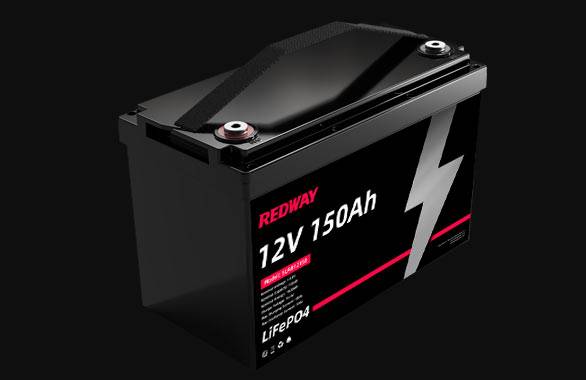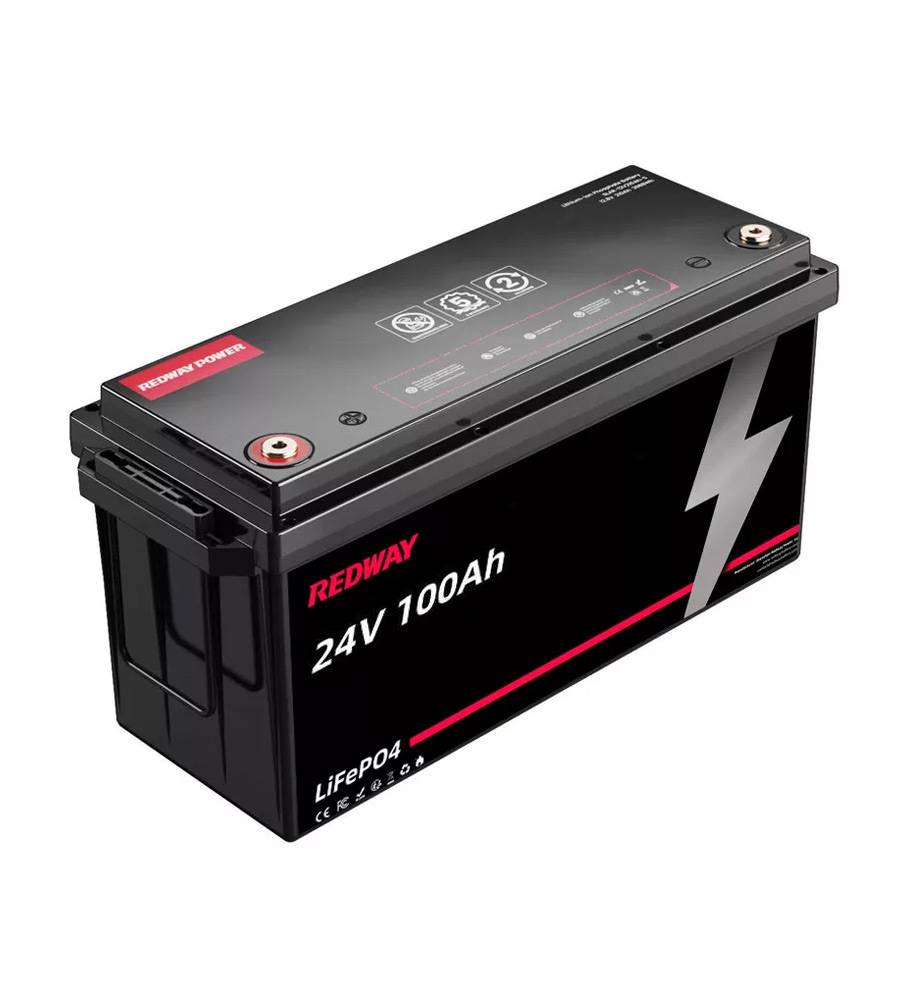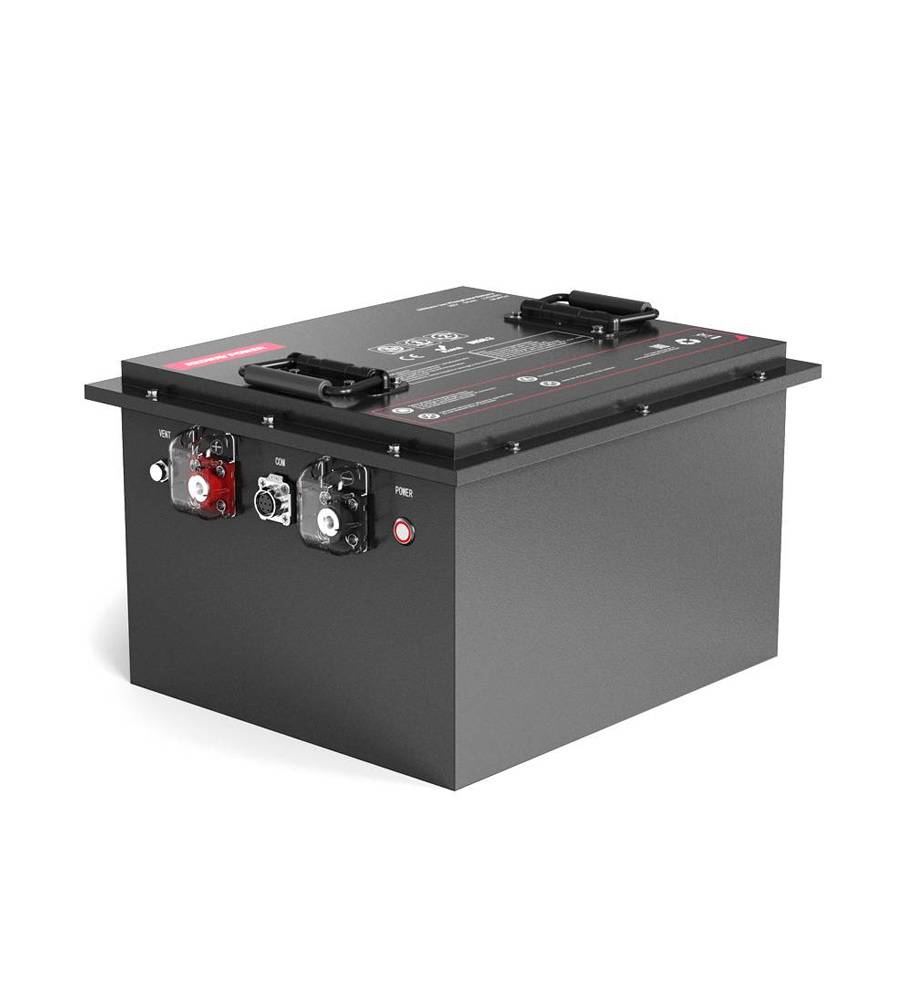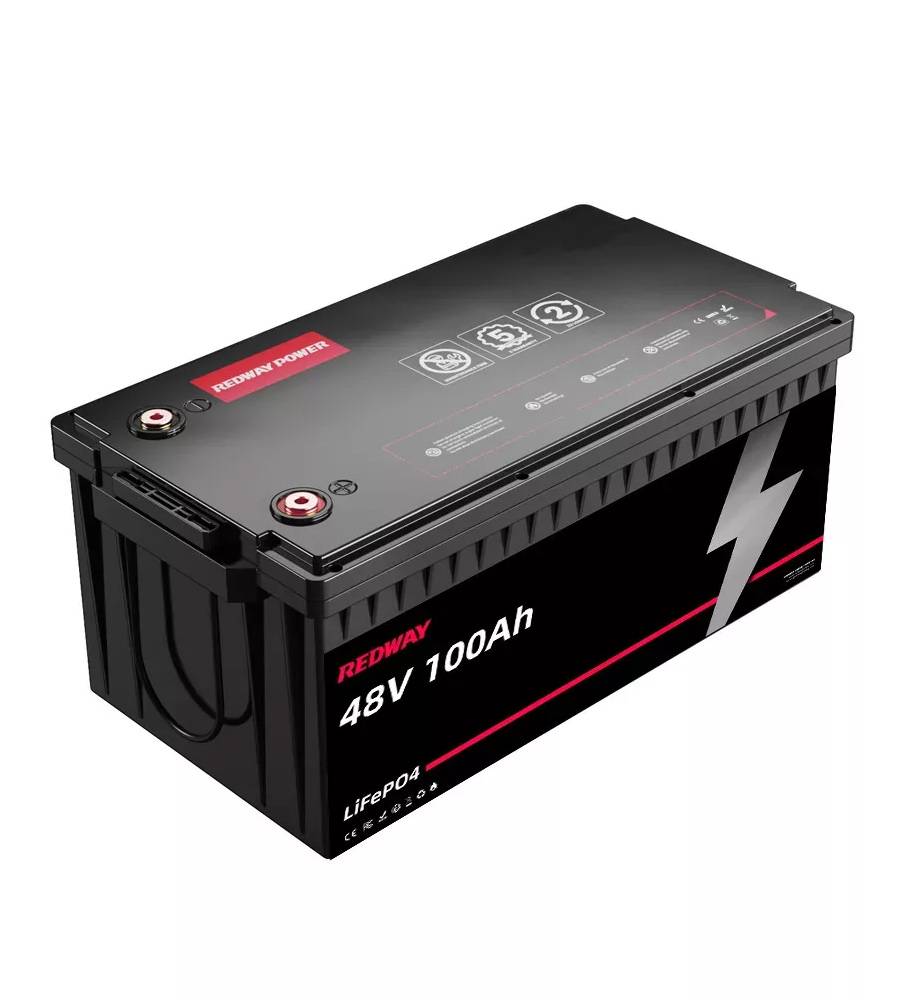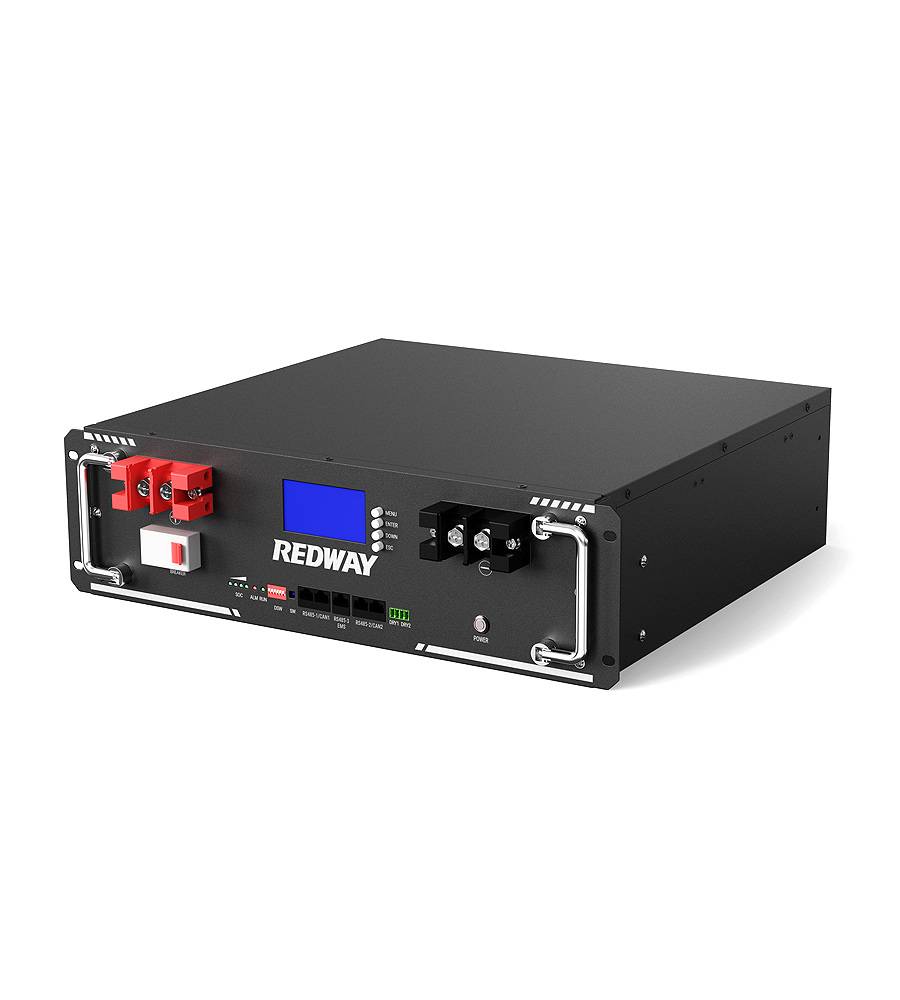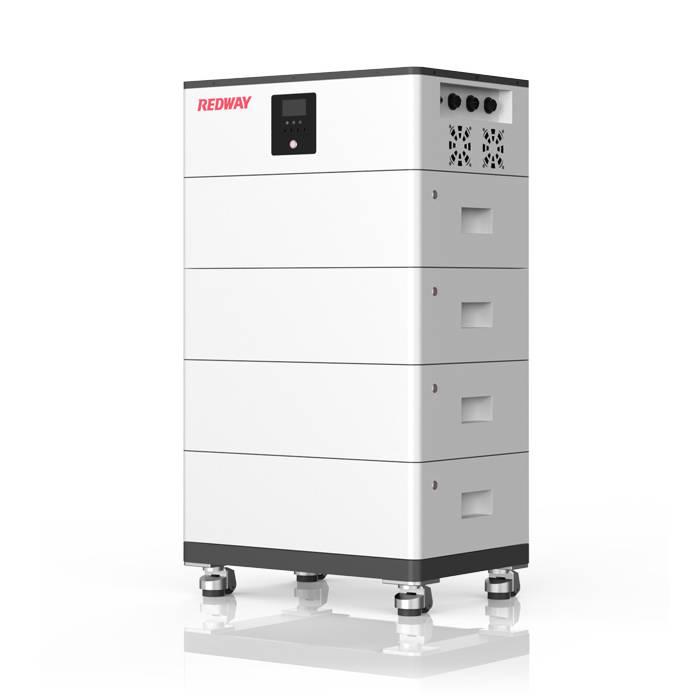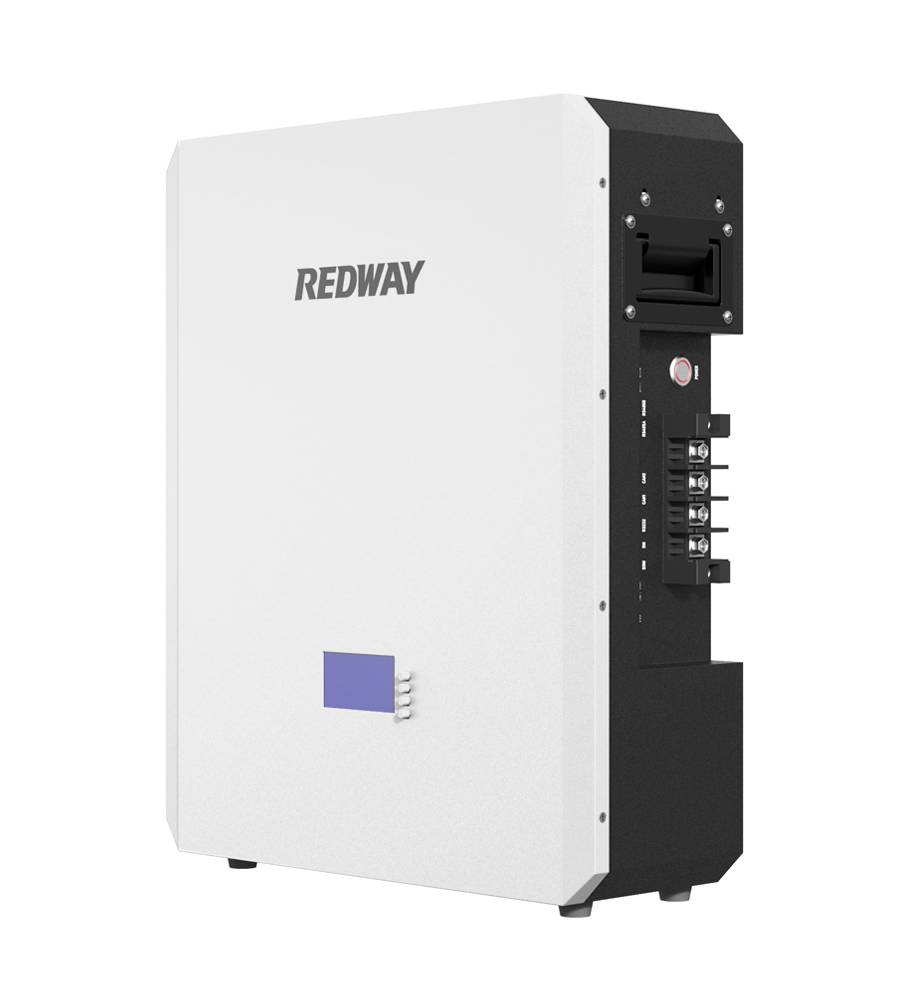- Forklift Lithium Battery
-
48V
- 48V 210Ah
- 48V 300Ah
- 48V 420Ah (949 x 349 x 569 mm)
- 48V 420Ah (950 x 421 x 450 mm)
- 48V 456Ah
- 48V 460Ah (830 x 630 x 590 mm)
- 48V 460Ah (950 x 421 x 450 mm)
- 48V 460Ah (800 x 630 x 600 mm)
- 48V 460Ah (820 x 660 x 470 mm)
- 48V 500Ah
- 48V 560Ah (810 x 630 x 600 mm)
- 48V 560Ah (950 x 592 x 450 mm)
- 48V 600Ah
- 48V 630Ah
-
48V
- Lithium Golf Cart Battery
- 12V Lithium Battery
12V 150Ah Lithium RV Battery
Bluetooth App | BCI Group 31
LiFePO4 Lithium
Discharge Temperature -20°C ~ 65°C
Fast Charger 14.6V 50A
Solar MPPT Charging - 24V Lithium Battery
- 36V Lithium Battery
- 48V Lithium Battery
-
48V LiFePO4 Battery
- 48V 50Ah
- 48V 50Ah (for Golf Carts)
- 48V 60Ah (8D)
- 48V 100Ah (8D)
- 48V 100Ah
- 48V 100Ah (Discharge 100A for Golf Carts)
- 48V 100Ah (Discharge 150A for Golf Carts)
- 48V 100Ah (Discharge 200A for Golf Carts)
- 48V 150Ah (for Golf Carts)
- 48V 160Ah (Discharge 100A for Golf Carts)
- 48V 160Ah (Discharge 160A for Golf Carts)
-
48V LiFePO4 Battery
- 60V Lithium Battery
-
60V LiFePO4 Battery
- 60V 20Ah
- 60V 30Ah
- 60V 50Ah
- 60V 50Ah (Small Size / Side Terminal)
- 60V 100Ah (for Electric Motocycle, Electric Scooter, LSV, AGV)
- 60V 100Ah (for Forklift, AGV, Electric Scooter, Sweeper)
- 60V 150Ah (E-Motocycle / E-Scooter / E-Tricycle / Tour LSV)
- 60V 200Ah (for Forklift, AGV, Electric Scooter, Sweeper)
-
60V LiFePO4 Battery
- 72V~96V Lithium Battery
- Rack-mounted Lithium Battery
- E-Bike Battery
- All-in-One Home-ESS
- Wall-mount Battery ESS
-
Home-ESS Lithium Battery PowerWall
- 24V 100Ah 2.4kWh PW24100-S PowerWall
- 48V 50Ah 2.4kWh PW4850-S PowerWall
- 48V 50Ah 2.56kWh PW5150-S PowerWall
- 48V 100Ah 5.12kWh PW51100-F PowerWall (IP65)
- 48V 100Ah 5.12kWh PW51100-S PowerWall
- 48V 100Ah 5.12kWh PW51100-H PowerWall
- 48V 200Ah 10kWh PW51200-H PowerWall
- 48V 300Ah 15kWh PW51300-H PowerWall
PowerWall 51.2V 100Ah LiFePO4 Lithium Battery
Highly popular in Asia and Eastern Europe.
CE Certification | Home-ESS -
Home-ESS Lithium Battery PowerWall
- Portable Power Stations
What Is the Best Setting for a LiFePO4 Battery?
The recommended top balance voltage for LiFePO4 batteries is typically around 3.6 volts per cell. This voltage is crucial for ensuring that all cells within a battery pack are charged to the same level, promoting optimal performance and longevity. Proper balancing helps prevent issues related to overcharging and undercharging.
What Is the Recommended Top Balance Voltage for LiFePO4 Batteries?
The ideal top balance voltage for LiFePO4 batteries is generally accepted to be 3.6 volts per cell. This setting allows each cell to reach a near 100% state of charge (SOC) without exceeding safe voltage limits. Some applications may suggest balancing at 3.65 volts; however, staying at 3.6 volts is often recommended to enhance battery lifespan and safety.
| Voltage Setting | Description |
|---|---|
| 3.6V | Recommended top balance voltage |
| 3.65V | Maximum safe limit for some applications |
How Does Top Balancing Improve Battery Performance?
Top balancing is essential for maximizing the performance of LiFePO4 batteries:
- Equalization: It ensures that all cells within a battery pack are charged to the same voltage level, preventing imbalances that can lead to reduced capacity.
- Enhanced Lifespan: Properly balanced cells experience less stress during charging and discharging cycles, which can extend their overall lifespan.
- Improved Efficiency: Balanced cells operate more efficiently, providing consistent power output and reducing energy waste.
By implementing top balancing practices, users can significantly improve their battery systems’ reliability and efficiency.
What Role Does the Battery Management System (BMS) Play?
The Battery Management System (BMS) is critical in optimizing the performance of LiFePO4 batteries:
- Monitoring: The BMS monitors individual cell voltages and temperatures to prevent overcharging or deep discharging.
- Protection: It provides safety features such as short-circuit protection and temperature regulation.
- Balancing: The BMS balances the cells during charging to ensure uniform performance across all cells.
A well-functioning BMS is essential for maximizing battery lifespan and ensuring safety.
| Function | Description |
|---|---|
| Monitoring | Tracks cell voltages and temperatures |
| Protection | Prevents overcharging and deep discharging |
| Balancing | Ensures uniform performance across cells |
How Important Is the State of Charge (SOC) for LiFePO4 Batteries?
The State of Charge (SOC) is a crucial parameter for managing LiFePO4 batteries:
- Optimal SOC Range: Keeping the SOC between 20% and 80% is recommended for maximizing cycle life.
- Impact on Lifespan: Regularly cycling within this range can significantly extend the number of usable cycles—often exceeding 6,000 cycles under optimal conditions.
Monitoring SOC helps users maintain their batteries effectively while ensuring reliable performance.
Know more:
What You Should Know About DC Batteries
What Is the Best Setting for a LiFePO4 Battery?
What Is the Average Lifespan of DC Batteries?
What Are DC Batteries and How Do They Work?
Are Car Batteries AC or DC?
What Are the Recommended Float Voltage Settings?
Float voltage settings are important for maintaining fully charged batteries without causing damage:
- Float Voltage: The recommended float voltage is typically around 3.35 volts per cell.
- Purpose: This setting helps keep the battery at full charge without overcharging, which can lead to degradation over time.
By setting an appropriate float voltage, users can enhance battery longevity while ensuring readiness for use.
How Can Charging Current Impact Battery Lifespan?
Charging current is another critical factor influencing battery health:
- Recommended Charge Current: It’s best to use a lower charge current that allows complete charging within a reasonable timeframe without stressing the battery.
- Impact on Lifespan: High charge currents can lead to overheating and decreased cycle life; therefore, adhering to manufacturer recommendations is vital.
Proper management of charging current helps ensure optimal performance and longevity.
Why Is Proper Maintenance Essential for LiFePO4 Batteries?
Proper maintenance is crucial for maximizing the performance and lifespan of LiFePO4 batteries:
- Regular Monitoring: Users should regularly check voltages and SOC levels to ensure they remain within recommended ranges.
- Avoiding Extreme Conditions: Keeping batteries within specified temperature ranges prevents damage and ensures reliability.
- Periodic Balancing: Utilizing a BMS that performs balancing functions helps maintain uniformity across cells.
By following these maintenance practices, users can significantly enhance their battery’s operational life.
Conclusion
The top balance voltage for LiFePO4 batteries is generally around 3.6 volts per cell, which ensures optimal performance and longevity while preventing overcharging risks. Understanding how to monitor and manage this voltage effectively is crucial for maximizing battery efficiency and safety.
Expert Insight
“Understanding the optimal settings for your LiFePO4 battery is essential not just for performance but also for ensuring safety and longevity in various applications.”
FAQs
- How do I know if my battery is AC or DC?
To determine if your battery is AC or DC, check the specifications or labels on the battery. Batteries, including car and rechargeable batteries, are typically DC. If the battery is part of a system that converts to AC, such as an inverter, it may be used in an AC application. - Is 12 volt DC or AC?
A 12-volt system is typically DC (direct current). Common applications include car batteries and various electronic devices. However, 12V AC systems also exist, primarily for specific lighting or low-voltage applications. - Are electric car batteries DC or AC?
Electric car batteries are DC (direct current) because they store energy in this form. When charging from an AC source, the vehicle’s onboard charger converts AC to DC for storage in the battery. - Are wall outlets AC or DC?
Wall outlets provide AC (alternating current) electricity. In most regions, standard household outlets supply either 120V or 240V AC power, which is used to run appliances and devices. - Is a car alternator AC or DC?
A car alternator produces AC (alternating current) electricity but converts it to DC (direct current) for use in the vehicle’s electrical system and to charge the battery. This conversion is done using diodes. - Are cell phones AC or DC?
Cell phones operate on DC (direct current). When charging, the adapter converts the AC from wall outlets into DC to recharge the phone’s battery. - Is DC always 12V?
No, DC (direct current) is not always 12V. While many batteries and devices operate at 12V DC, other voltages exist, such as 5V for USB devices and higher voltages for larger systems. - Will LED lights work on DC power?
Yes, LED lights typically operate on DC (direct current) power. However, some LED fixtures can handle both AC and DC if designed with internal rectifiers to convert AC to DC. - What is the symbol for DC voltage?
The symbol for DC voltage is often represented by a straight line with three dots beneath it (——). This indicates direct current in electrical diagrams and specifications. - Can you get a DC charger at home?
Yes, you can get a DC charger at home. Many devices come with adapters that convert AC from wall outlets to the required DC voltage for charging batteries and powering electronics. - Are Tesla batteries AC or DC?
Tesla batteries are DC (direct current). When charging from an AC source, Tesla vehicles use an onboard charger to convert the incoming AC power into DC for storage in the battery. - Why are DC chargers so expensive?
DC chargers tend to be more expensive due to their complex technology and components required for high-speed charging. They include built-in converters and safety features that increase manufacturing costs compared to standard AC chargers.
- What are the optimal charge settings for LiFePO4 batteries?
The optimal charge setting is typically around 3.6 volts per cell, with a two-stage charging method recommended. - How does discharge voltage affect performance?
Discharge voltage should be maintained between 2.5V to 3.0V per cell to prevent damage and ensure longevity. - What role does the BMS play in managing LiFePO4 batteries?
The BMS monitors individual cell voltages, balances them during charging, and provides safety features against overcharging or overheating. - Why is it important to maintain an appropriate SOC?
Keeping the SOC between 20% and 80% maximizes cycle life and overall performance of the battery. - What are float voltage settings?
Float voltage should be set around 3.35 volts per cell to maintain full charge without causing degradation over time.



